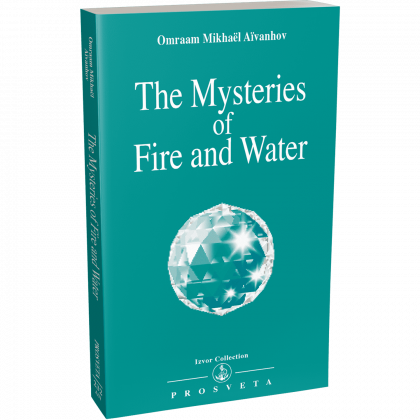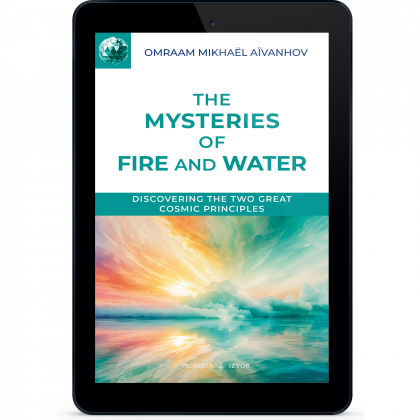Water
Its four states: solid, liquid, gaseous and etheric
June 4th 2024
Water is composed of two gases, oxygen and hydrogen, and in order for these two gases to combine and produce water, the intervention of fire is necessary. As soon as a spark is lit, the two gases burn with an eternal love for each other and become one. They do not give birth to a third gas but to a liquid, which represents a different state of matter. So, a new element enters the equation, triggering a fusion that is accompanied by a change in state. Oxygen and hydrogen are invisible, intangible and volatile, whereas water can be seen, touched and even kept in a container.
Now, if you heat water, it becomes steam and disappears. On the other hand, if you chill it sufficiently, it solidifies and becomes ice. The saga of water raises some interesting questions. For instance, shouldn’t what is true for water be equally true for all other substances? Or, again, since water can exist in the three different states – solid, liquid and gaseous, which correspond to the elements earth, water, and air – mustn’t it also exist in an etheric form, which corresponds to the element fire?*
* Related reading:
Now, if you heat water, it becomes steam and disappears. On the other hand, if you chill it sufficiently, it solidifies and becomes ice. The saga of water raises some interesting questions. For instance, shouldn’t what is true for water be equally true for all other substances? Or, again, since water can exist in the three different states – solid, liquid and gaseous, which correspond to the elements earth, water, and air – mustn’t it also exist in an etheric form, which corresponds to the element fire?*
* Related reading:
Price
€13.90
Daily Meditations 2024 (eBook)
Price
€9.49




